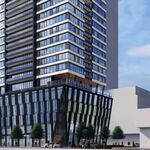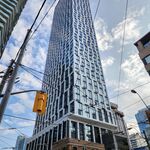S
samplain
Guest
How did Toronto end up with so many surface parking lots? Most of these lots were something before, how and why did they all get levelled?
I came to this question today as I was going along King St W and noticed the TIFF planned site is a completely empty block. Seems really odd to have a completely empty block on that stretch of King and couldnt have been like that 50-100 years ago.
I came to this question today as I was going along King St W and noticed the TIFF planned site is a completely empty block. Seems really odd to have a completely empty block on that stretch of King and couldnt have been like that 50-100 years ago.






.jpg)
.jpg)